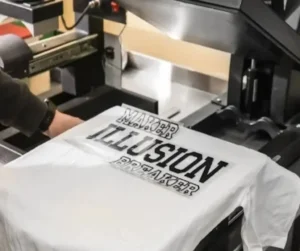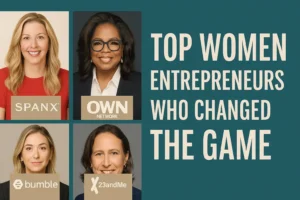Disclaimer: This content is for informational purposes only and does not replace professional advice. Please consult experts before making any decisions.
A large bet was once the standard. The dominant belief was that grand, big, pricey tasks were the answer to progress. Approximately 90% of startups fail, often due to factors like a lack of market need, running out of cash, or not having the right team. However, reality now matches those expectations. Thanks to shorter funding periods and climate change, there is less margin for mistakes today than ever. The days of building without knowledge of future issues are behind us.
Today, the MVP approach, characterized by simplicity, rapid testing, and quick adaptation, is no longer limited to tech startups. It’s becoming essential in eco-friendly development, where flexibility, user feedback, and focused growth are crucial. It helps teams be flexible, pay attention to customer needs, and grow only the best parts.
MVP 101: What It Is, What It’s Not
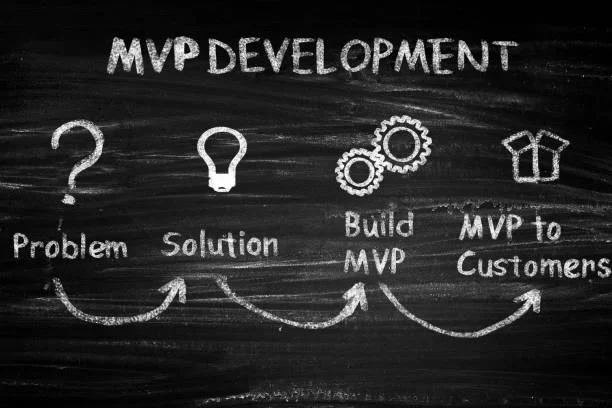
A Minimum Viable Product (MVP) isn’t a shortcut. It’s a strategic way to validate an idea by building just enough to test whether it solves a real problem before investing significant time, money, or reputation. That’s the most simplified version, so teams can see whether things work, hear user reactions, and change details as quickly as possible. Remember, it is a model for the site, not just something created to please. An MVP development services company often guides this process, helping teams avoid overbuilding and stay laser-focused on learning early.
The Real Problems MVP Solves in Sustainable Projects

Even talented teams often build solutions that miss the mark. Why? Because they fail to involve the people they’re trying to help. Too often, projects are built around assumptions, guided by donor expectations rather than user needs. That’s where the MVP and the Lean Startup approach make a difference. Instead of spending months developing a polished solution, MVP thinking starts with doing the minimum needed to test a real problem. It encourages teams to solve one focused issue, get honest feedback, and adjust early. This helps avoid three major pitfalls:
- Building for funders, not users: Chasing grants without user input results in solutions that look good on paper but fail in practice.
- Over-planning: Long strategy cycles without real-world testing often waste valuable time and resources.
- Assumption overload: Lean Startup principles help replace assumptions with real data, letting teams validate what works and doesn’t before scaling.
Doing MVP Right in a Sustainable Development Context
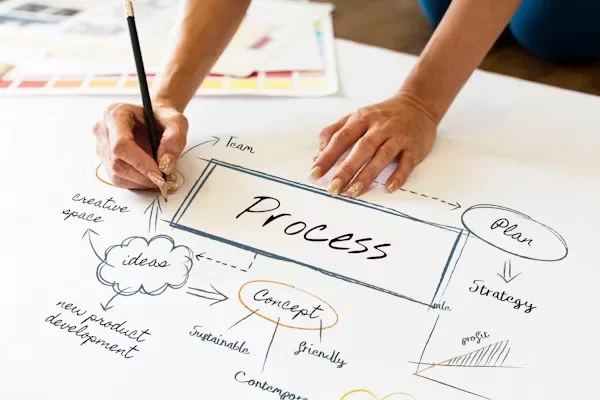
Defining an MVP for sustainable innovation isn’t the same as in technology. You’re not just rushing to outperform others; you’re working on solving lasting problems, typically in areas where change is gradual and trust must be earned over time. This means we need to consider more than simply whether something works or is appropriately funded. Our thinking must guide real, practical solutions in actual circumstances and environments.
This is why the people you hire are essential. Begin your idea-forming process by putting users at the center, not donors. Make sure to speak with staff on-site, hear the opinions of those living in the area, and remain near people your project will impact. Try never to build more than you can handle, since that’s as dangerous as doing nothing. MVP isn’t a way to skip any steps. This is what is happening in the project itself.
What It Looks Like in Action: A Few Scenarios
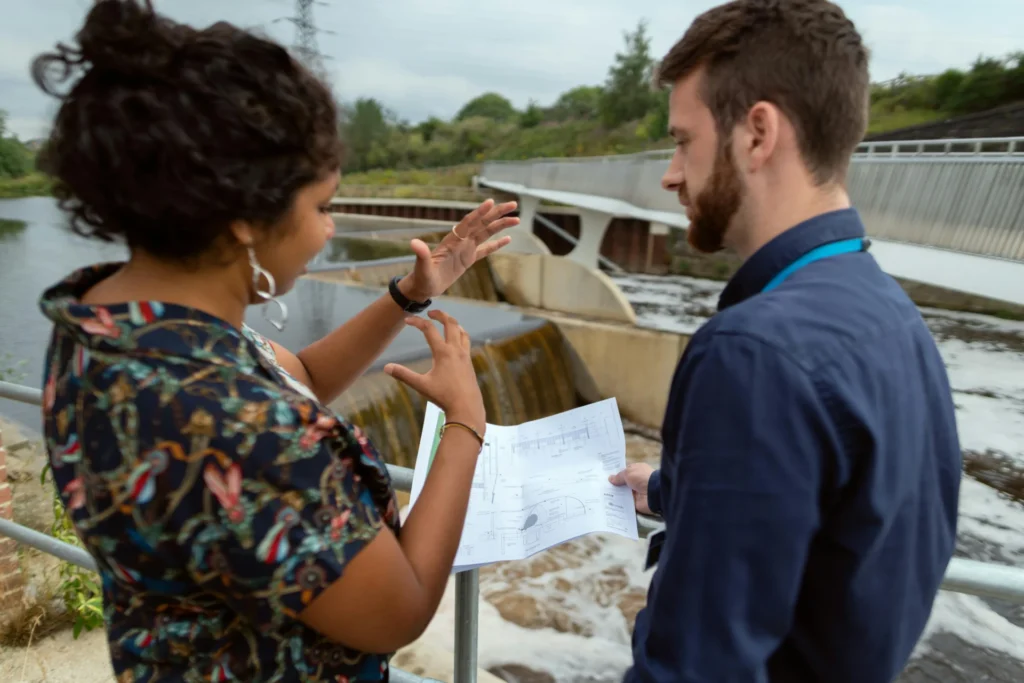
Real MVPs in sustainable development don’t look flashy, but they work. They start small, stay close to users, and leave room to change. Here are three examples that show how:
- A water access startup tested a single pump in one rural village. Instead of scaling too soon, they monitored use, repairs, and satisfaction over three months before expanding to other regions.
- An education app launched one interactive lesson at a time, gathering live feedback from teachers in low-connectivity schools to fine-tune content and UX.
- A farming tool was co-designed with smallholder farmers through field trials. The original concept was shifted after early testers pointed out a usability flaw.
Stop Guessing, Start Testing
We cannot afford to spend years failing if we want sustainable solutions. Things like time, trust, and lives are on the line. For this reason, MVP thinking, often guided by an experienced MVP consultant, is about being clear on what’s most important, not saving resources by doing less. Size doesn’t matter as much as how effectively companies and employees use their skills. If you are wrong, you experiment, learn, and react before it costs too much.
Opinions from real users are more critical than organized reports. Experience with actual users is always more accurate than common assumptions. When a solution fails in real life, it doesn’t matter how impressive it seemed on slides. Solve the problem through what you build, not just how it exists in your plans.








